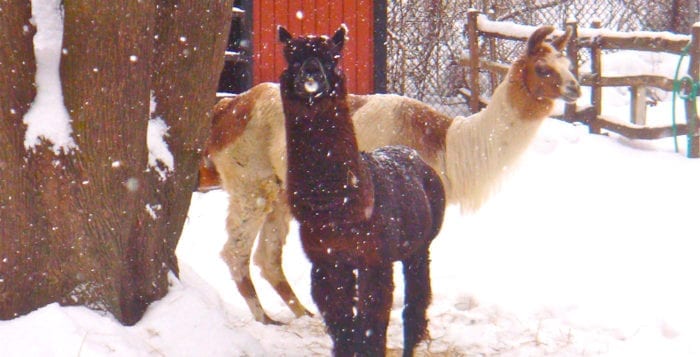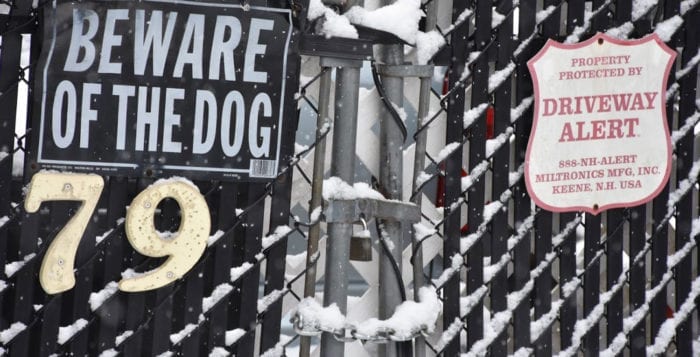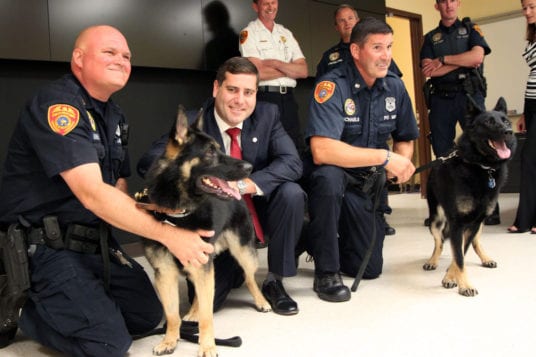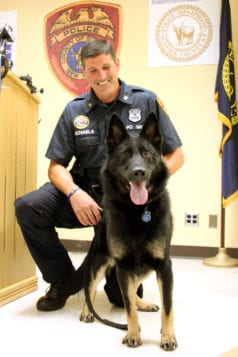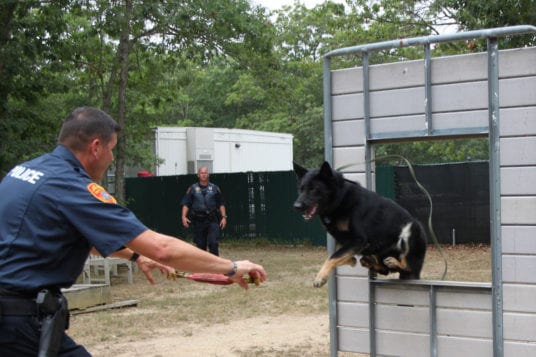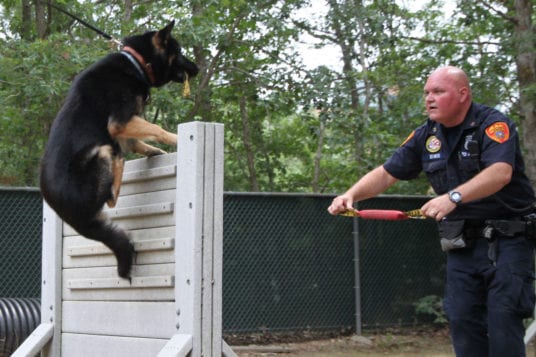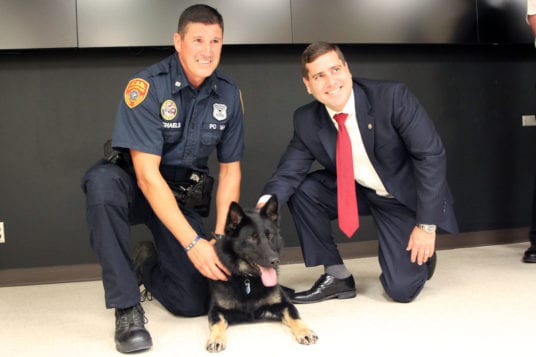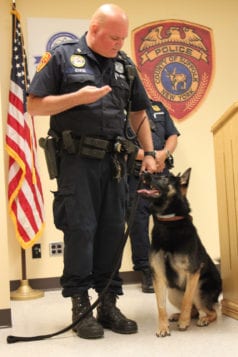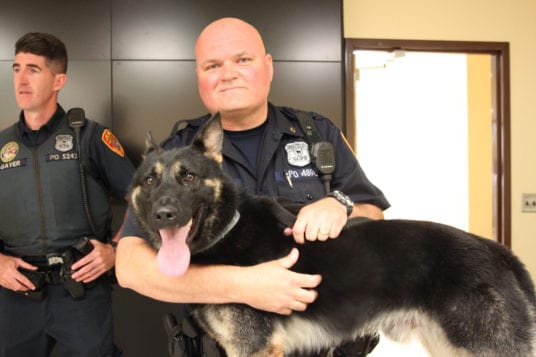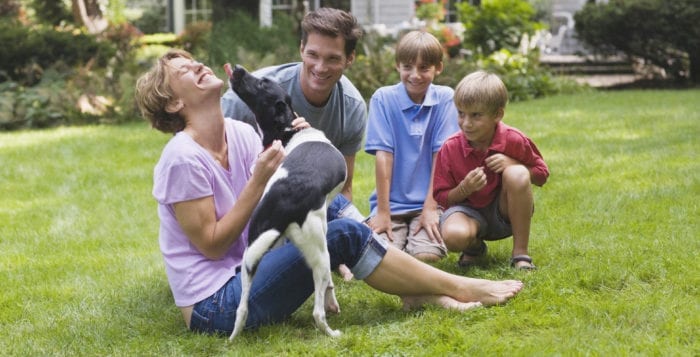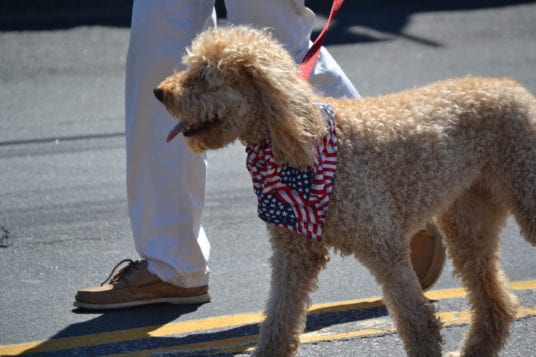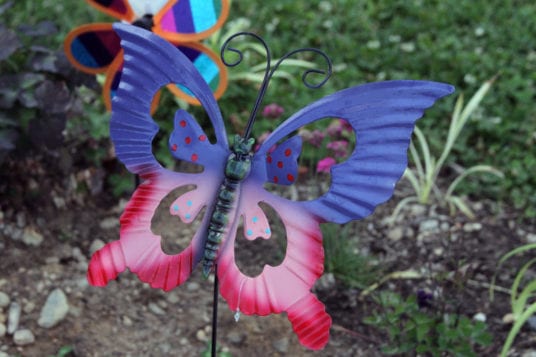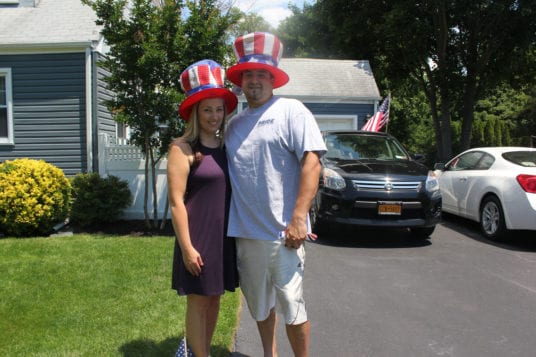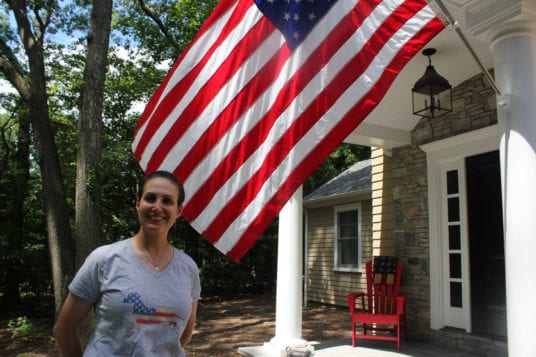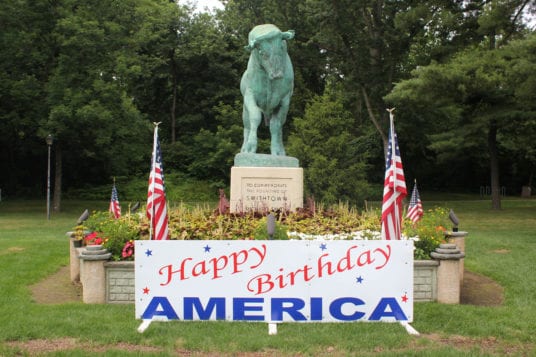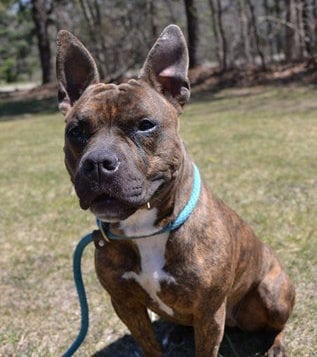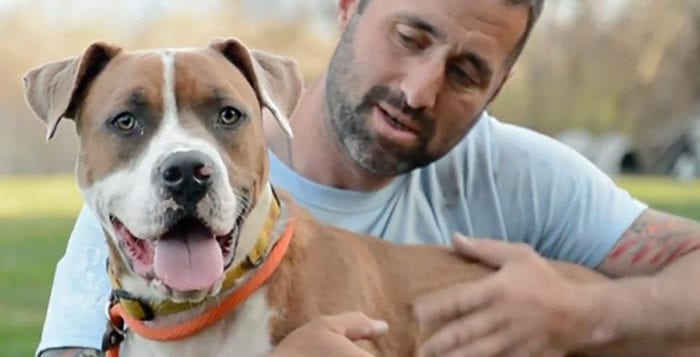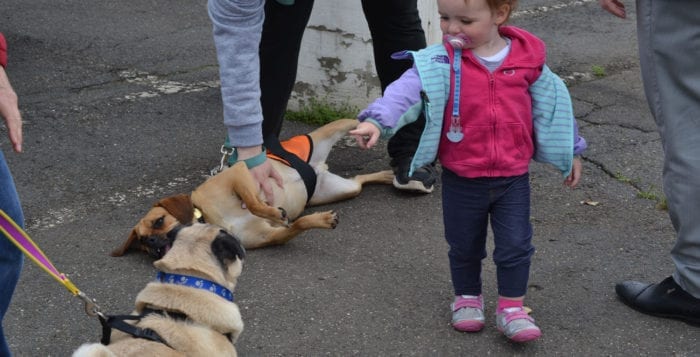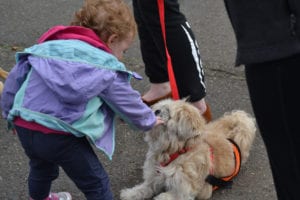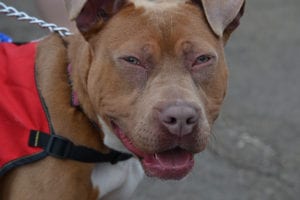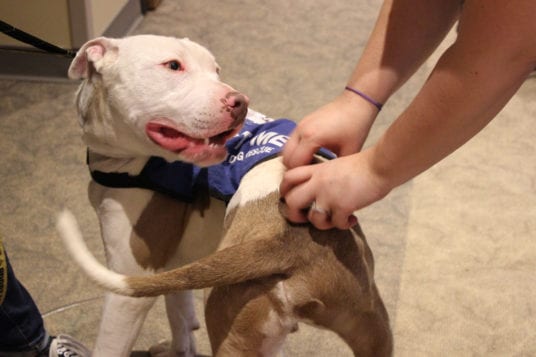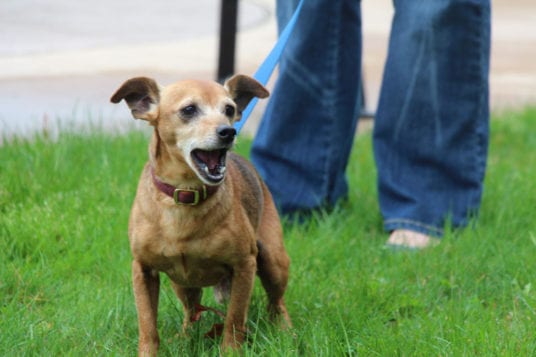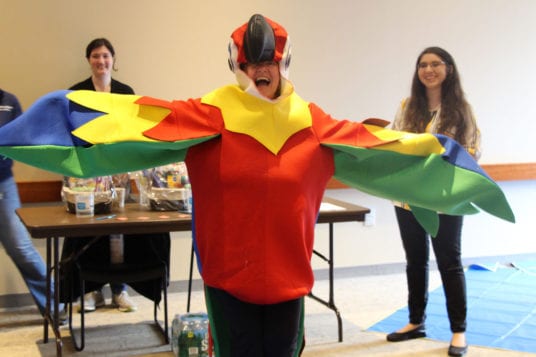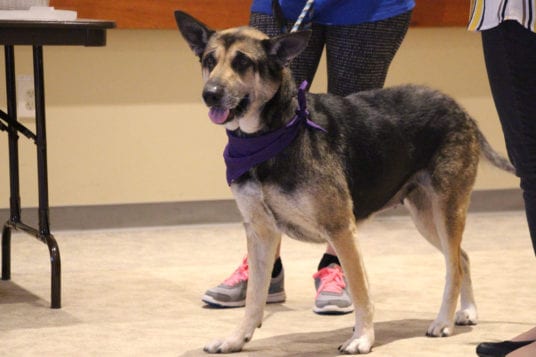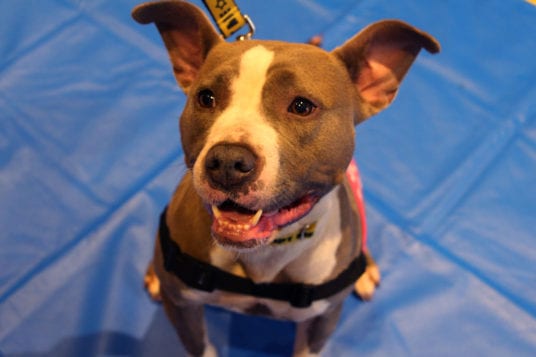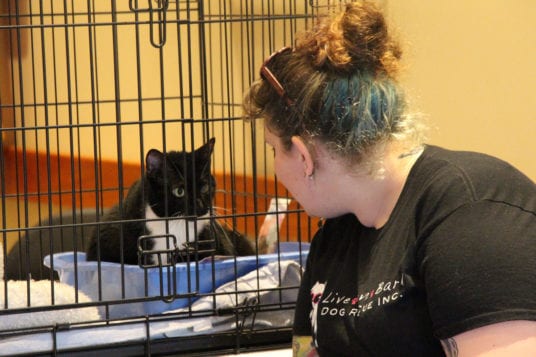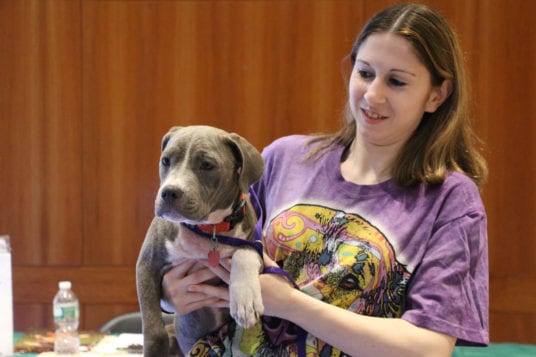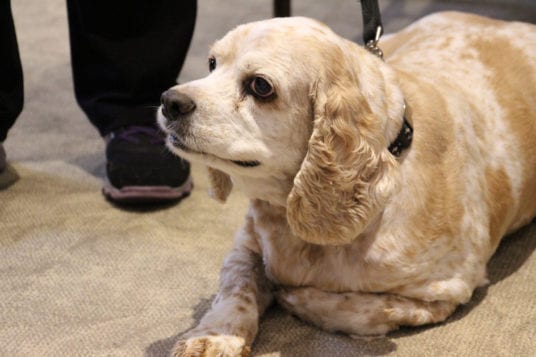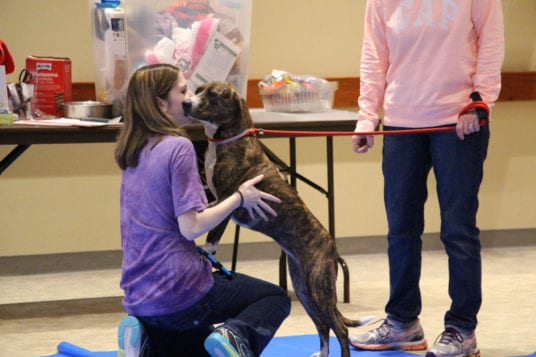Two large German shepherd dogs attacked and killed a pet alpaca and severely injured a llama in a pen at the back of a home on Main Street in Setauket Feb. 5. It happened at about 2 a.m., according to Bob Ingram, a neighbor who witnessed the aftermath and found the dogs still at the scene.
“I heard barking coming from the pen,” the next-door neighbor Ingram said. “It was pitch black out and the barking was aggressive. Then I heard a shrill sound and knew one of the llamas was in distress.”
He drove his car onto the grass, toward the pen where he saw the two black-and-brown dogs menacing the llama. It was barely 10 minutes from the time he was awakened to the time he viewed the scene, he said. Ingram said he honked the horn, but the dogs just ignored it. Finally, he rolled down the car window and yelled and the dogs took off. Ingram called 911 and awaited police response. Upon arrival, an officer determined it necessary to euthanize the surviving animal.
The animals, 17-year-old Sasha the llama and Wookie, the alpaca, rescued eight years ago by Kerri Glynn, were beloved by many in the neighborhood.
“Llamas are such lovely animals,” Glynn said. “There’s not an aggressive bone in their bodies. We’d let them out [of the pen] in the backyard and they would never leave the property. They were the easiest animals to care for that I’ve ever owned.”
Ingram reached out on social media to alert Three Village residents of the danger posed by the dogs. The pen abuts the field at Setauket Elementary School, so he called to alert administrators there. He called his veterinarian, to spread the word.
In the wake of vicious maulings in Brookhaven Town last summer, the board unanimously approved a new policy Jan. 24, effective immediately, intended to keep a tighter leash on dangerous dogs and their owners.
“If there’s a message tonight, it’s to dog owners: Watch your dogs, protect them … and be a responsible owner … if you’re not, the town is putting things in place as a deterrent,” Brookhaven Town Supervisor Ed Romaine (R) said at the meeting.
Under the new town code amendment, which reflects stricter state law for dealing with “dangerous dogs,” the definition has been expanded to include not just dogs that attack people, as the code was previously written, but other pets or service animals as well.
Now the town, or the person attacked, can present evidence with regard to an attack before a judge or local animal control officers.
Owners of a dog deemed dangerous, who do not properly house their pets, will face large fines. A first-time offender of dog attacks will now pay $500 as opposed to a previous fine of $100; third-time offenders will pay up to $1,000 and must keep their dogs leashed, and in some cases, muzzled, when out in public.
After the Sunday attack, on social media people who travel along Mud Road, Quaker Path and Christian Avenue reported sightings of the two dogs dating back to January.
Save-a-Pet founder Dori Scofield said she had not received any calls about the dogs at either Save-a-Pet or Guardians of Rescue.
“German shepherds are super smart dogs,” Scofield said. “They’re going back to where they’re from.”
Area searches done since Sunday by local residents have not located the dogs.
Roy Gross, who heads the Suffolk County SPCA, said the organization had no knowledge of the Sunday morning incident.
Gross recommended a course of action should anyone see the dogs.
“Do not approach the dogs,” he said. “Dial 911 immediately, tell them you’ve sighted dogs matching the description of the ones that killed the pets on Main Street in Setauket, and give the location. If you are driving and can safely see where the dogs go, do so. A second call should be made to Brookhaven Animal Shelter (631-286-4940) to inform them of the location.”
He also gave advice to pet owners in the area.
“All animal owners should keep tabs on them — do not leave them out alone unattended,” he said, adding that is always good policy.
Ingram said he was devastated by the loss.
“I know these llamas really well,” he said. “They’ve been to my children’s birthday parties. Sasha was here when I moved in … [Those dogs] really scared me. A single person couldn’t handle those two dogs.”
Additional reporting by Kevin Redding.

